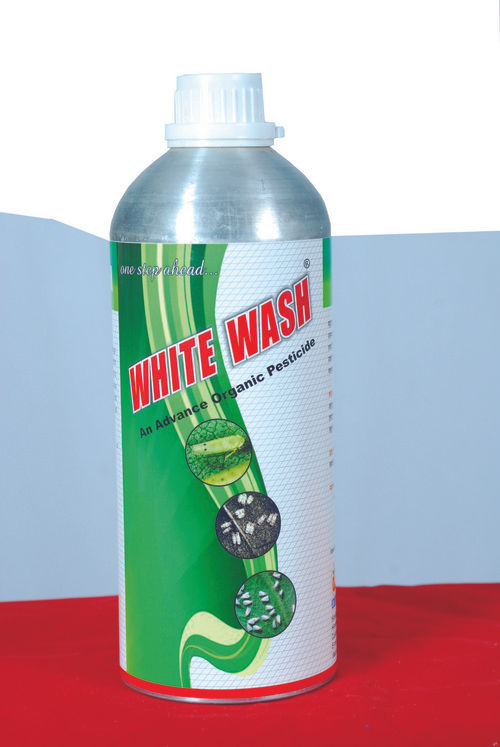

A number of risks are involved in the use of chemical herbicides. Herbicides used for controlling weeds in the cultivated areas are called weedicides. We comply with the Federal Trade Commission 1998 Children’s Online Privacy Protection Act (COPPA).Herbicides are chemicals that are used for inhibiting the growth of plants in unwanted places.
#Bio insecticides and pesticides code
The 4-H Name and Emblem have special protections from Congress, protected by code 18 USC 707.

Reference to commercial products or trade names does not imply endorsement by MSU Extension or bias against those not mentioned.

This information is for educational purposes only. Quentin Tyler, Director, MSU Extension, East Lansing, MI 48824. Issued in furtherance of MSU Extension work, acts of May 8 and June 30, 1914, in cooperation with the U.S. Michigan State University Extension programs and materials are open to all without regard to race, color, national origin, gender, gender identity, religion, age, height, weight, disability, political beliefs, sexual orientation, marital status, family status or veteran status.
#Bio insecticides and pesticides full
MSU is an affirmative-action, equal-opportunity employer, committed to achieving excellence through a diverse workforce and inclusive culture that encourages all people to reach their full potential. Biopesticides for use in greenhouses in the U.S.Thank you to Steven Arthurs, assistant research scientist at the Department of Entomology at Texas A & M University, for his co-authorship. Read Part 2 of this Michigan State University Extension article, “ Biopesticides for use in greenhouses in the U.S.,” to see our list of these compounds and the products available for greenhouse use. However, only 40 are labeled for use in greenhouses. There are no plant-incorporated protectant compounds registered for use in greenhouses.Īs of April 2016, there were 299 active ingredients in biopesticides registered with the Environmental Protection Agency ( EPA). Plant-incorporated protectants are pesticidal substances produced by plants as a results of genetic manipulation. The fungus Beauveria bassiana for use against whiteflies, aphids and thrips.The bacterium Bacillus thuringiensis for use against caterpillars.Microbials are products containing micro-organisms or their fermentation by-products. Clove, rosemary and peppermint oil (broad-spectrum fungicide).Capsaicin (compound from chili peppers) (broad-spectrum insecticide, nematicide and fungicide).Azadirachtin (broad-spectrum insecticide).This includes insect repellants, insect attractants and repellants, pheromones, and non-pest management class-plant growth regulators. Biochemicalsīiochemicals are derived from naturally occurring substances such as plant extracts. The Biopesticides and Pollution Prevention Division of the Environmental Protection Agency, which registers biopesticides in the U.S., classifies classified biopesticides into three categories: biochemical, microbials and plant-incorporated protectants. While greenhouse growers are now using biopesticides, they often have questions such as: What is a biopesticide? How are they different from each other? Which one should I use?īiopesticides are pesticides derived from natural materials, including animals, plants, fungi and microbes. In fact, a recent survey of Michigan floriculture growers revealed all of them had used at least one biopesticide in conjunction with their biological control program. Biopesticides offer numerous advantages to growers, including lower risk to employees, minimal (or no) re-entry and pre-harvest intervals, and compatibility with biocontrol programs. An increasing number of greenhouse growers in Michigan are discovering biopesticides can be used in conjunction with commercially purchased natural enemies as a part of their integrated pest management ( IPM) programs.


 0 kommentar(er)
0 kommentar(er)
